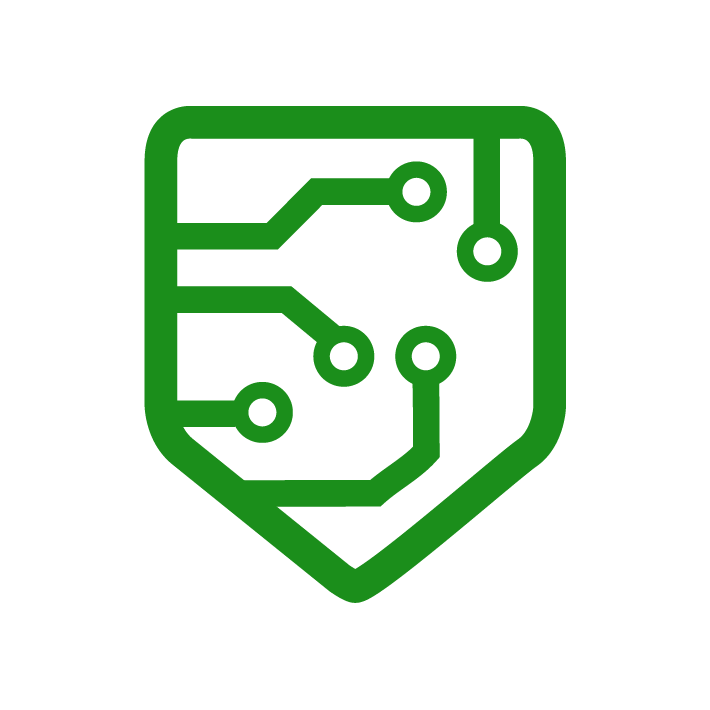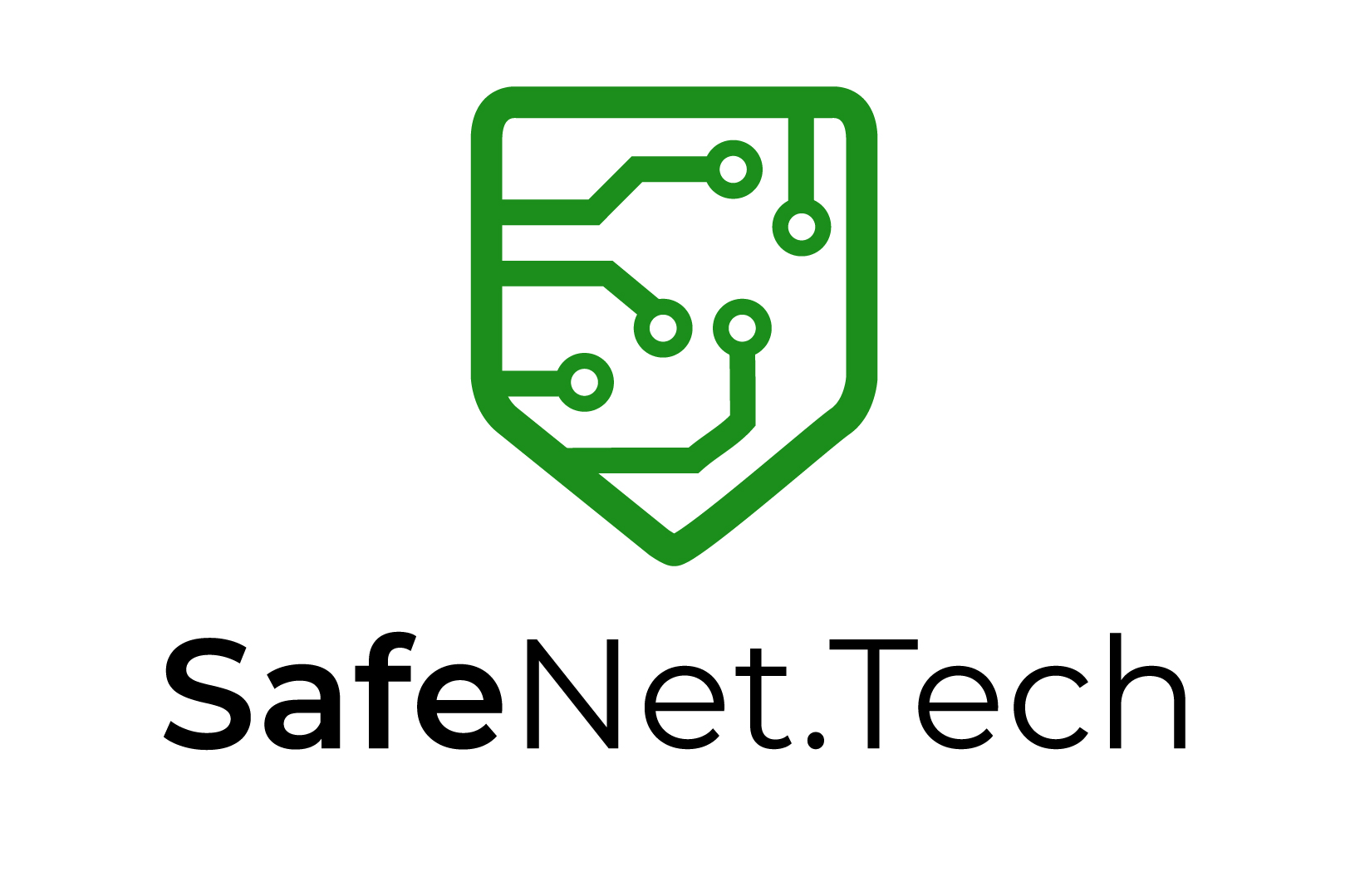In today’s interconnected world, the threat of phishing attacks continues to loom large. Cybercriminals have honed their techniques, exploiting unsuspecting individuals and organizations with deceptive emails and cunning tactics. However, by arming yourself with knowledge and adopting proactive strategies, you can steer clear of the treacherous waters of phishing attacks. In this blog post, we delve into the intricacies of thwarting phishing attempts, focusing on user awareness, sender verification, email content scrutiny, and the transformative power of phishing attack simulations and user awareness training.
1. Cultivate General User Awareness
The first line of defense against phishing attacks is cultivating a culture of awareness and vigilance. By educating users about the tactics employed by cyber criminals, you can empower them to make informed decisions. Here’s how to foster general user awareness:
- Training Initiatives: Implement comprehensive user awareness training programs that familiarize individuals with common phishing techniques and red flags.
- Regular Updates: Keep users informed about emerging phishing trends and tactics to ensure they stay ahead of potential threats.
2. Verify the Sender’s Authenticity
Phishers often rely on impersonation to deceive recipients. By verifying the sender’s identity, you can dodge their traps:
- Inspect Email Address: Scrutinize the email address for any anomalies or slight variations that could indicate a fake sender.
- Hover Over Links: Hover your mouse cursor over hyperlinks to reveal the actual URL. Be cautious of mismatched or suspicious links.
3. Scrutinize Email Content
Even the most sophisticated attacks can falter under close scrutiny of the email’s content:
- Urgency Red Flags: Phishing emails often play on urgency to rush recipients into taking action. Take a moment to assess the situation before clicking anything.
- Language and Grammar: Poor language and grammar can hint at the email’s dubious origins. Be cautious of glaring mistakes.
- Attachments and Links: Refrain from opening attachments or clicking links unless you’re certain of their legitimacy. When in doubt, verify through alternative means.
Harnessing the Power of Simulations and Training
At SafeNet, we recognize that knowledge is the cornerstone of defense against phishing attacks. Our Phishing Attack Simulations and User Awareness Training programs immerse individuals and organizations in lifelike scenarios to sharpen their ability to identify and respond to threats. By simulating real-world situations, we empower users to differentiate between legitimate communications and potential phishing attempts, contributing to an elevated security posture.
A Proactive Approach to Security
In the ongoing battle against phishing attacks, proactive measures, awareness, and education are your most potent weapons. By fostering user awareness, verifying sender authenticity, scrutinizing email content, and participating in phishing attack simulations and user awareness training, you can navigate the digital landscape with confidence. At SafeNet, we are dedicated to equipping individuals and organizations with the tools they need to stay one step ahead of cyber criminals.
Contact us today to discover how our Phishing Attack Simulations and User Awareness Training can bolster your defenses and shield you from the perils of phishing attacks.





